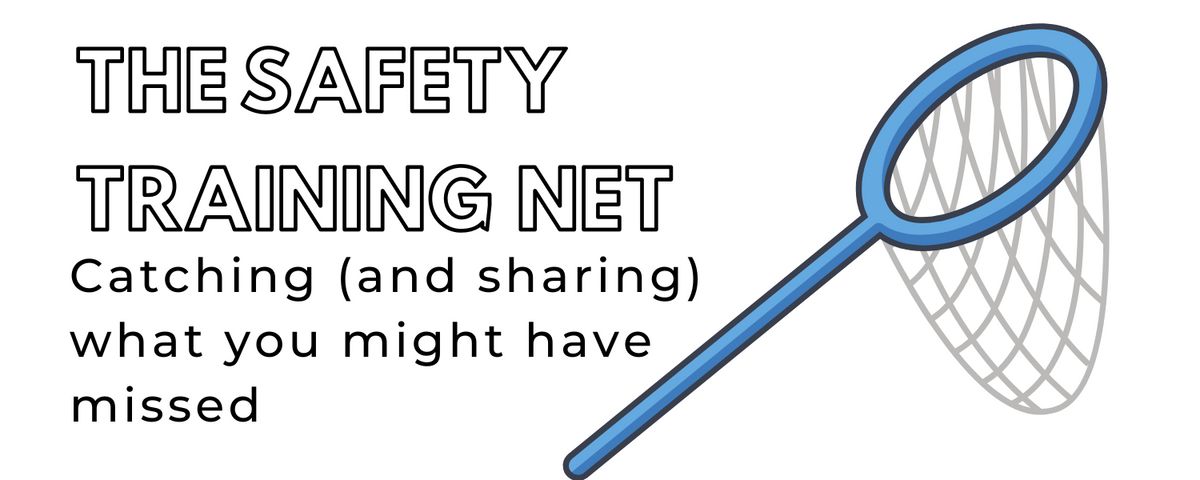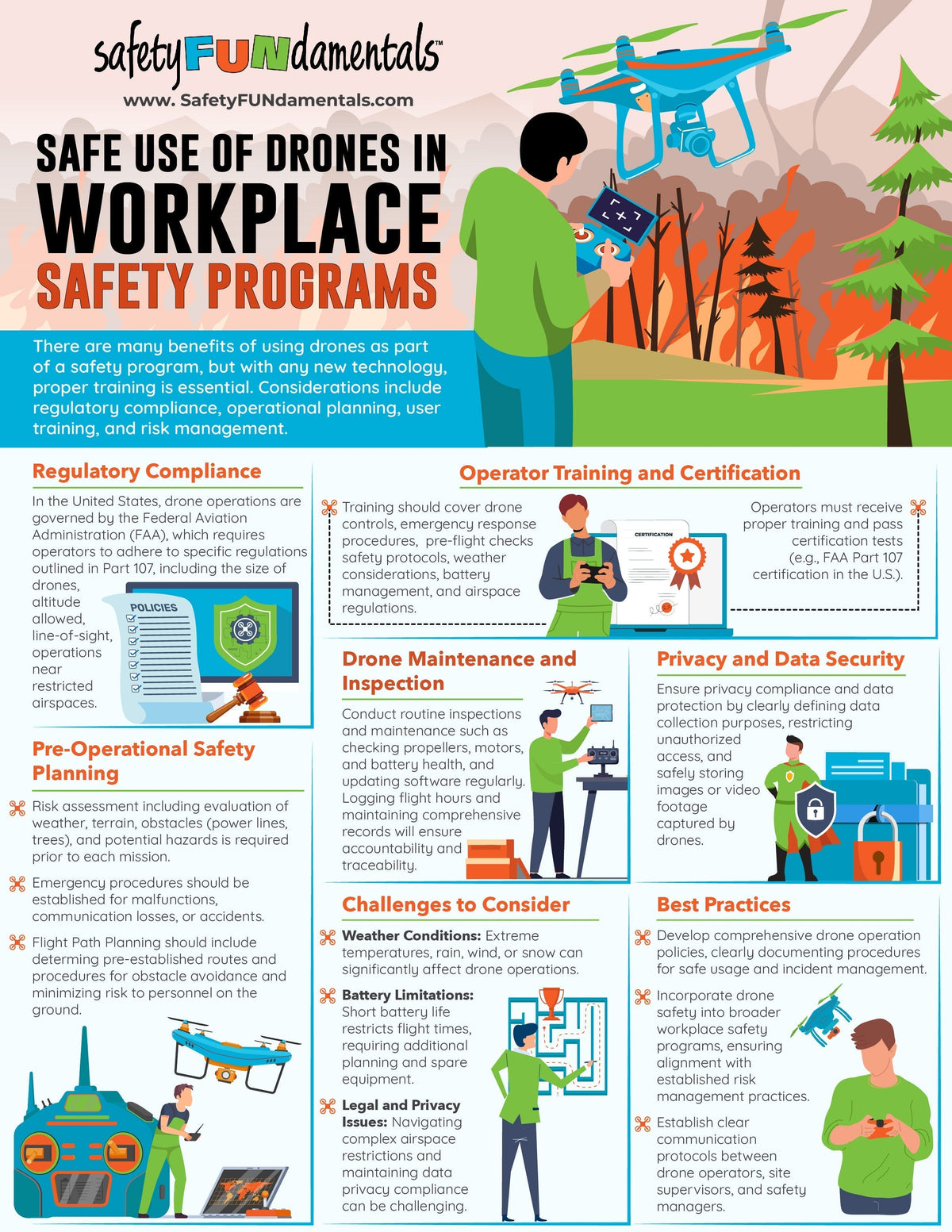Icebreakers

While attending a safety conference many years ago, the presenter asked everyone in the audience to stand up at the start of the class, turn sideways, and put their hands on the shoulders of the person now standing in front of them. After we were all in position, he instructed us to start massaging the person’s shoulders.
What is going through your mind right now? You may be feeling like I did (a little creeped out) or maybe you like the thought of getting a massage from a stranger. From what I witnessed, the majority of attendees in that session were uncomfortable. A few even snuck out the back door as fast as they could.
The idea of an icebreaker is to make trainees feel comfortable and get them ready for learning. Many icebreakers do exactly the opposite. I asked my 21 year-old son to tell me about the worst icebreaker he was ever asked to participate in and he quickly told me it was a time when he had to act like a vegetable and that vegetable had to begin with the first letter of his name. (His name is Christian and he was “corn.”) Not only did this start him off feeling self-conscious and make him wonder why he was there, but it also had nothing to do with the content.
Icebreakers aren’t always needed in a training class, particularly if you have a group of trainees who know each other really well. In these situations, Openers are better (more about them in the next newsletter). In the event that you have a group of trainees who are strangers or only interact minimally, an icebreaker can help increase participation and interaction later in the class. Although not mandatory, any icebreaker that connects to the class content will be more valuable in the long run.
Leave a comment
Comments will be approved before showing up.




